Fort Worth District
Lakes and Recreation Menu
Natural Resources
Forestry Management
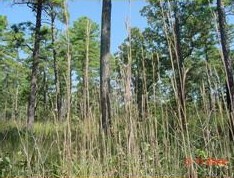
The Corps of Engineers at Lake O’ The Pines actively manages approximately 6500 acres of public forestland.
Considering the following definition of Forestry, “The art, science, and practice of managing, on a sustainable basis,
the natural resources
of forestlands for human benefit”
(
Arthur Temple College of Forestry Stephen F. Austin State University
), we have developed a mission statement for
Forest management. It is “
to manage the forest resources of Lake O’ The Pines on a sustainable basis consistent with ecosystem principals (and relevant laws and regulations) to
insure the health and vigor of the forest trees themselves while enhancing wildlife habitat, protecting cultural resources, insuring water quality,
maintaining aesthetic values, and returning tangible benefits to the project and the nation
.”
Although many confronted with many challenges, such as small land-holdings, inadequate access and close neighbors, we strive to keep the health of the forest foremost in any decisions we make concerning activities we conduct in the forest.
Many of our goals in the management of the forestland at lake O’ The Pines are similar to “Ecosystem Management Goals” as defined by Agee and Johnson (1988) and include, maintaining viable populations of native species, representing native ecosystem types across their natural range of variation, maintaining evolutionary and ecological processes (i.e., disturbance regimes, hydrological processes, nutrient cycles, etc.), managing over periods of time long enough to maintain the evolutionary potential of species and ecosystems all while accommodating human use of the forestland.
Examples of vegetation ecosystem types include the shortleaf pine-bluegrass complex of Northeast Texas and Southwest Arkansas, the longleaf pine – wiregrass complex of mid and southeast Texas, the bottomland hardwood forest, and the Post Oak Savanna of the western edge of East Texas.
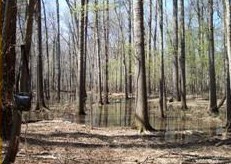
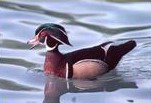
Both pine-dominated uplands and bottomland hardwood forests exist at Lake O’ The Pines. Properly managed, the pine tree dominated ecosystems provide habitat structure for many species including eastern wild turkey, and bobwhite quail, along with lesser know species such as Bachmann’s and Henslow’s sparrows. The bottomland forest provides habitat and food, in the form of acorns, for species such as the eastern gray squirrel and wood ducks. Photos courtesy of U.S. Forest Service and Texas Parks & Wildlife.
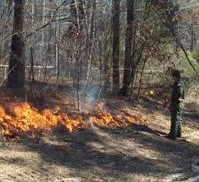
Tools and activities used to accomplish our goals include the use of prescribed fire, occasional selective harvests, inventory, regeneration regimes - both natural and artificial – which include: seed-tree, shelter-wood, and gap-phase (small clear cuts) treatments, and creation of open spaces.
April 18, 2007inated areas allow us to maintain the health of the forest stand by improving individual tree growth and vigor and reducing the prospect of pest infestations. In conjunction with prescribed fire, these harvests help us to lessen the chances of wildfires. Utilizing these “tools” also helps us improve habitat for the species that utilize the particular ecosystem.
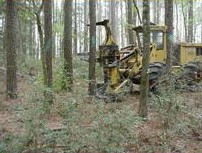 During activities, we incorporate design features and practices that are known as “Best Management Practices” or BMPs. BMPs include special management in “Stream-side Management Zones” (SMZs), proper logging road design, and restrictions on when equipment can operate. These efforts help us maintain and protect the quality of water that flows into Lake O’ The Pines.
During activities, we incorporate design features and practices that are known as “Best Management Practices” or BMPs. BMPs include special management in “Stream-side Management Zones” (SMZs), proper logging road design, and restrictions on when equipment can operate. These efforts help us maintain and protect the quality of water that flows into Lake O’ The Pines.
As one can see, there are many things to consider in proper forest management and we attempt to for “your” forest. If you have any questions concerning forest management at Lake O’ The Pines, please feel free to contact the Project Forest at the Lake O’ The Pines Project Office.



